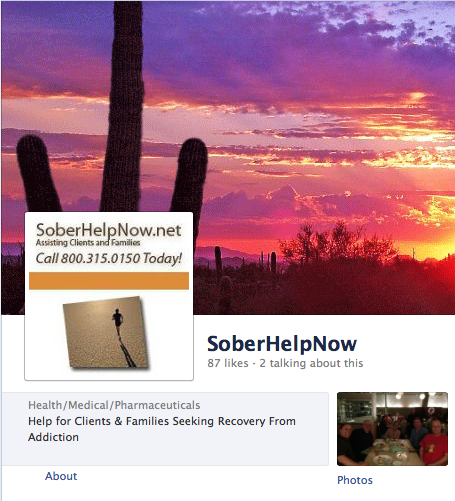Drug treatment works. There are many excellent primary drug treatment facilities in the US. In fact, the US leads the world in behavioral health care in general. Among these centers, many specialize in different facets of the disease of addiction and have different modalities. Curt Maddon firmly believes in the following modalities of primary chemical dependency treatment:
- Twelve step-based residential drug treatment and alcohol rehab; working the steps alongside treatment protocols with outside sponsors, who have worked all 12 steps themselves, from local twelve step groups;
- Drug treatment that uses the Big Book of AA, the steps and the traditions as the primary text for recovery, and uses other material in an adjunct manner, rather than a central piece;
- Treatment that understands that the mind cannot solve the problem of addiction, only a higher power can, and therefore mind-based practices are of weak substance to prevention of relapse. All practices must be experiential and repetitive (action and more action);
- Abstinence-based recovery programs for all chemical addictions;
- Clinical application that values group dynamics over individual counseling;
- Treatment case decisions made as a team, rather than by sole case managers;
- Treatment centers that are highly structured and require strict adherence to program rules;
- Longer length of stays available, preferably indeterminate and based solely on progress;
- Daily participation in 12 step meetings;
- Gender specific services, particularly for female clients, but co-ed milieus modeling healthy boundaries;
- Centers that work a comprehensive, integrated, approach with families and other enablers to facilitate a paradigm shift across the board. If the family doesn’t step into recovery, they will likely, and unwittingly, short-circuit the progress made in treatment;
- Centers that therapeutically restrict telephone and electronic communication outside the facility;
- Centers that therapeutically restrict visitation for at least one month of the treatment course, and then only with approval of the treatment team;
- Facilities where a large percentage of the direct contact staff are in 12 step recovery themselves;
- Treatment teams comprised of a balanced group of professionals each having input on all cases. This may include doctors, therapists, counselors and recovery professionals;
- Centers that have a high commitment to interpreting cutting-edge research of brain chemistry and physiological systems affected by abuse of drugs of reward, particularly chronic abuse of Alcohol and Other Drugs (AODs), and integrating these technologies into the treatment modality, within abstinence-based limits.
Social model residential treatment is preferred for most clients who are able to participate. This type of model provides more similarity to real life and lends itself to peer accountability and warmth. Addiction is a lonely disease, fraught with isolation, and a communal environment that role models healthy relationships between peers encouraging each client to be a part of, rather than apart from is paramount.
LENGTH OF STAY
Length of stay treatment models may be broken down into the following types:
- Short, predetermined stay;
- Open-ended stay, based on progress;
- Long-term stays, based on progress.
Unfortunately, a large percentage of those needing treatment don’t have access to it. Insurance helps, but rarely pays for all the needed time and/or services, if any at all. The centers that we recommend are committed to giving away treatment days to clients and families that come up short of their fees. This doesn’t mean they provide full scholarships, however. It means that they work diligently with families to provide access to services for the well-being of the client.
It isn’t all the fault of the insurance companies, though. They have dealt with years and years of treatment that hasn’t worked, and paid out huge sums for it. It’s an actuarial equation for them. In the early 1990s, with the advent of managed care, AOD treatment was hit really hard with across-the-board denial of benefits. It is true that every aspect of health care changed during these times, but for chemical dependency treatment it was annihilation. Many centers did not survive. The ones that did adjusted their programming to fit insurance company requirements, and augmented shortages with cash-pay business. Some of them adjusted their services to fit more mental health-type diagnoses, and thus this type of treatment was driven more medically than spiritually. In the past 15 years, social model residential treatment has become more comprehensive, and in many ways better. In other ways, some facilities have gone astray and seemingly forgotten what works and what doesn’t.
FInding the right treatment center for any client is based on a number factors that should be assessed.


Speak Your Mind
You must be logged in to post a comment.